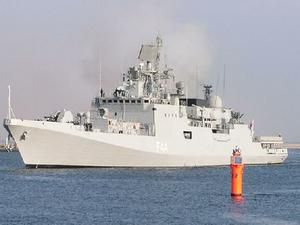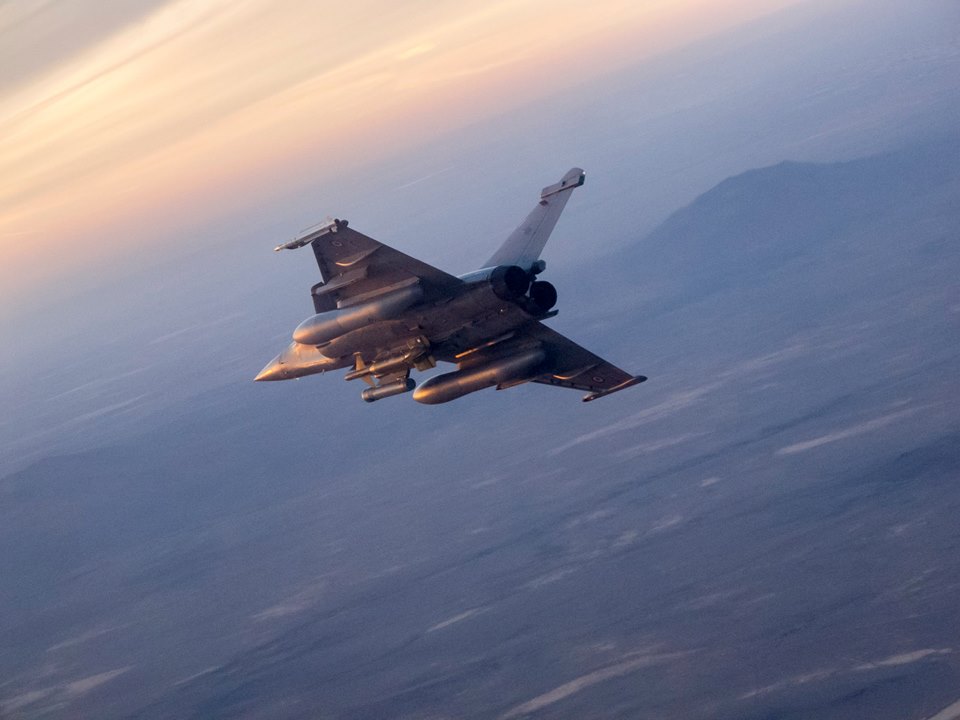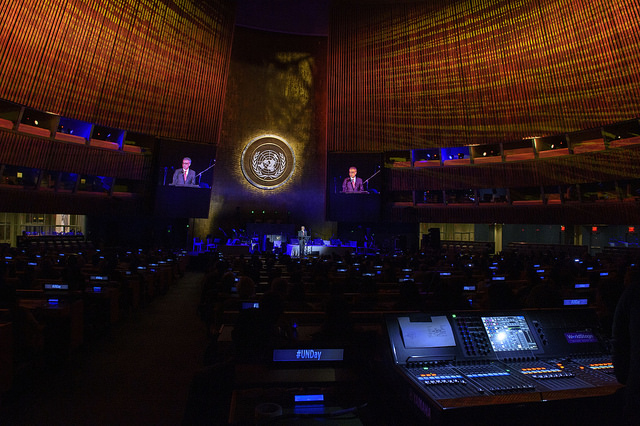Operation EUNAV Somalia: the accelerated schedule

(B2) The timetable for the anti-piracy operation off Somalia, in application of UN resolutions (EUNAV), is accelerating. The first details of the future Joint Action. NATO dispatches one of its permanent groups, the Indian navy is on the bridge.
The accelerated schedule. With the appointment of the Chief of Military Operation, British Vice Admiral Jones, planning work is accelerating for EuNav Somalia. The Joint Action which appoints the Head of Mission - like the Concept of Operation prepared by him which defines the general modalities of the operation - should be adopted simultaneously by October 24, possibly by the silence procedure ( to go faster).
The generation of forces will begin immediately. The Council of Ministers of Defense on November 10 should make it possible to garner the first firm offers and the others. In order to be able to complete the operation plan (OpPlan) and obtain the political "green light" for the launch of the operation. At the beginning of December at the latest, according to the objective set by Javier Solana, the high representative.
Five objectives and three deployment zones
European common action should aim at several objectives:
1) the protection of World Food Program ships;
2) the protection of certain merchant ships, with "particular vulnerability or whose cargo is particularly sensitive for Somalia or the economy of the region";
3) sea surveillance off Somalia;
4) measures to deter acts of piracy or banditry;
5) apprehend the perpetrators of acts of piracy.
The operation should therefore be deployed in three areas: in northern Somalia, near the Red Sea and in the Gulf of Aden (merchant ships); south of Somalia, in the Indian Ocean (PAM boats); around the Seychelles (fishing boats).
EuNavco, the coordination unit, continues its work
... which consists in identifying the military means on the spot. Eu Navco acts as an interface between, on the one hand, European shipowners and, on the other hand, Member States which have military maritime resources in the Gulf of Aden or are interested. Last example. The French ship, Courbet provided support, from October 12 to 14, of the Yangtze River on the West-East transit in the Gulf of Aden, at the request of its German shipowner. Another boat "L'intrépide" is being accompanied at the request of its Maltese shipowner. In addition to Russia and the United States (CTF150 coalition), several neighboring third countries or those with a large merchant fleet: Egypt, Yemen, India, the Philippines...

Indian Navy on deck
The Indian Defense Minister, Pallam Raju, has just confirmed to the Indian press his government's desire to engage in the fight against piracy. A statement that comes as the families of 18 Indian sailors from a Japanese ship MT Stolt Valor, held hostage by pirates, appealed for help. An Indian Navy ship, the INS Tabar, which was in the area was diverted from its mission to quickly go to the Gulf of Aden, between Salalah, Oman, and Aden, to carry out protection missions. Equipped with a helicopter and marine commandos, he can stay for a month. Other warships could follow and be sent along the African coast. However the new Indian anti-piracy strategy does not include pirate hunts. Authorization from the Ministries of Defence, Foreign Affairs and the Sea will be required for this type of action. Traffic in this region is vital for India, which sees 90% of its foreign trade pass through the Suez Canal. About 25 Indian-flagged ships pass through the Gulf of Aden every month.
NATO sent one of its permanent groups
The Euro-Atlantic organization has also decided to send one of its permanent maritime groups to the area, the SNMG2, which was to tour the ports of the region (Bahrain, Kuwait, Qatar), as part of the Istanbul cooperation. This, in order to ensure the relay of the protection of the WFP boats between the Canadians - who end their mission on October 23 - and the arrival of the European force, and in addition to the dutch frigate.
Led by Italian Admiral Giovanni Gumiero, SNMG2 is usually made up of seven ships:
- ITS Durand de la Penne (flagship, destroyer D560)
- FGS Karlsruhe (F212 frigate, Germany)
- FGS Rhön (auxiliary A1443, Germany)
- HS Themistokles (F465 frigate, Greece)
- TCG Gökova (frigate G496, Türkiye)
- HMS Cumberland (F85 frigate, United Kingdom)
- The USS Sullivans (destroyer DDG 68, United States)
(NGV)


Comments closed.